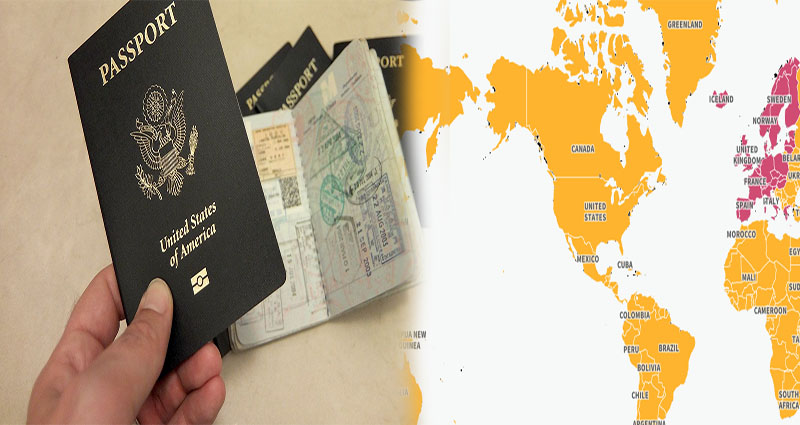The United States travel advisory system provides travelers with travel tips on a variety of topics. It is a great way to stay up-to-date on current events, as well as get recommendations on where to visit and what to avoid.
Level 1
There is a wide range of risks that you should be aware of when traveling abroad. This can include security threats, crime, natural disasters, and the threat of disease. A travel advisory can help you make an informed decision on your future travel plans.
The United States Department of State issues travel advisories for more than 200 countries worldwide. These advisories are updated regularly to ensure that they reflect the changing safety and security conditions in each country. They describe the potential risks and provide clear, actionable actions to protect you from danger.
The Department of State analyzes each country based on its level of safety and security. Those risks are then ranked using a four-tier scale. Level 4 countries are considered life-threatening, and travelers should defer their trips until the situation improves.
Those levels are reviewed every six months. As well, sub-advisories can be issued for specific regions within a country.
Travel Advisories are written in plain, easy-to-read language. Each advisory also notes the reason for an update. Often, additional information is provided, especially when it is relevant.
For example, the State Department recently issued new advisories for several countries. It is also issuing a level of caution for Peru, which is facing political turmoil.
Countries like Iraq, Syria, North Korea, and Iran are considered dangerous. However, there is no legal obligation to stop you from travelling to these countries.
Avoid areas where demonstrations or protests are taking place
If you’re planning a trip to the US, you should avoid the areas where demonstrations or protests are taking place. These events can be dangerous, so make sure you’re prepared before you leave. Read on for some useful tips.
First, the most obvious rule of thumb is to always carry identification. Be sure to research the location of the event before you head out. Make sure you have all the necessary supplies including food and water. It’s also a good idea to carry some form of protective clothing such as a vest or bandana.
You’ll also want to keep an eye on local news stations. This will allow you to be aware of the latest happenings in your area. Also, you should be aware of what’s being said on social media and on the street. Remember, you have a right to protest, so keep your wits about you.
The best way to do this is to follow the local authorities. In recent years, many states have passed laws governing the ‘mean’ or ‘matter’ of a demonstration. A couple of examples include new laws in Arkansas and Iowa that increase penalties for illegal behavior during a riot and laws in Oklahoma that increase the penalties for tearing down monuments.
While you’re at it, do some research to determine which are the safest and most effective ways to protect yourself. Avoid roadblocks and avoid traveling in groups.
Sign up to receive updates
If you’re planning a trip abroad, don’t forget to sign up for alerts from the Department of State. This agency is responsible for issuing travel warnings and recommendations, so it’s no surprise that they’ll have something interesting to say. Luckily, the agency also has a slew of useful tips and tricks for traveling abroad.
The department’s website provides links to an interactive map that showcases the most relevant advisories. Additionally, the department’s media team sends email updates on newly issued, reissued and retracted travel warnings and recommendations. To keep up to date on everything from airport security to a country’s tamer reputation, subscribers can sign up for a free account and start receiving a stream of helpful advice.
The CDC’s Center for Disease Control and Prevention (CDC) has been the leading authority on disease prevention and treatment for more than 50 years. As such, the agency will likely continue to tweak its travel requirements as the need arises. Some countries will even require you to show up at their airport with an up-to-date vaccine in hand.
The department’s Trusted Traveler Program is another way to stay safe and sound while in the US. It’s a free service that allows you to record your trip details in one place. Aside from the usual passport and visa applications, you may also need to fill out a traveler health form before boarding your plane.












